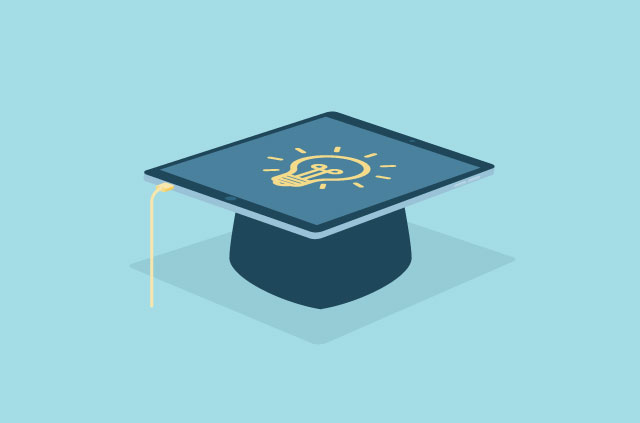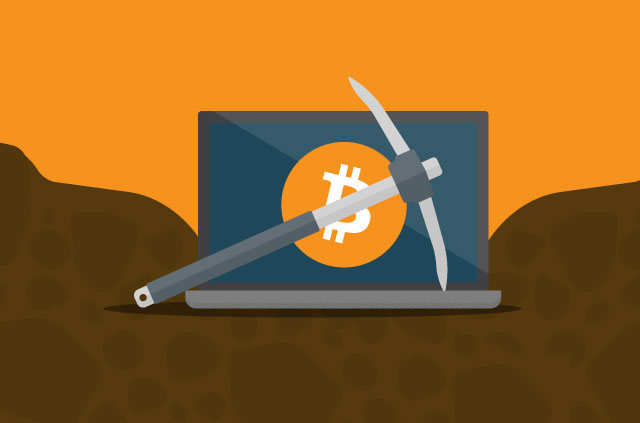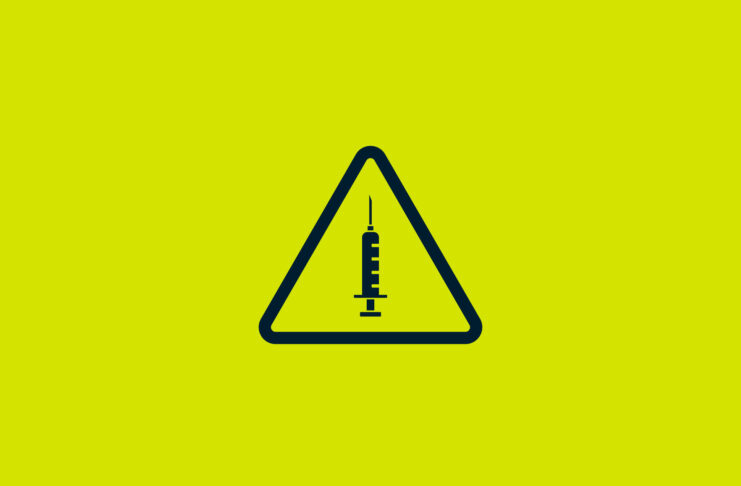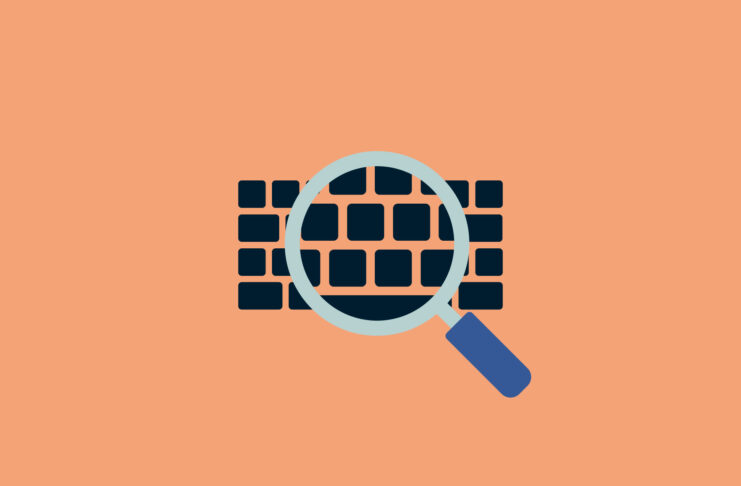Technology in education systems comes with a couple of significant obstacles, but as with previous technologies, also presents some opportunities that we would be unwise to turn down.
For the most part, modern classrooms have changed little since education became compulsory around the world in the second half of the 19th century.
A teacher stands by a blackboard at the front, using chalk to sketch out thoughts, dates, and formulas, while the students sit at tables facing the front. Some technology, such as the TV and the overhead projector, have had an impact on the way students are taught, but little has fundamentally changed in the classroom.
As technology advances, increasing pressure is placed on teachers and schools to adopt it. We have a look at some of the challenges and opportunities.
The availability of teachers
Before the internet, it was mostly unacceptable for teachers to hand our their personal information. Today, students and their parents can reach teachers via chat or email around the clock.
This system is great for students in need of advice or guidance, but also means that students might not try as hard to find answers and solutions on their own. With too many students per teacher, it also puts a lot of pressure on staff, requiring them to work and be available around the clock.
Schools could attempt to shelter their teachers by limiting communication to Reddit-like portals, where students’ answers are available for others to see and comment. Students might then be encouraged to solve problems among each other on their own, with teachers only intervening in rare cases.
Learning with computers is expensive
Computer science is increasingly taught alongside physics, biology, or chemistry. And, similar to these other sciences, special equipment is needed to instruct students. Just as chemistry requires a specialized laboratory, computer science courses need computer equipment that could be prohibitively expensive.
Beyond learning programming in school, computers are also a medium of instruction. They can host interactive media content, quizzes, or help students research any topic imaginable.
With a computer and an internet connection, all of humanity’s knowledge is just a few clicks away. Knowing how to use a computer, navigate the internet, and retrieve information should be a skill every student can master.
But few schools can afford to put a computer into every student’s hands, and it is not safe to assume that every student has access to a computer at home, or that their family’s financial situation allows them to acquire one.
Automatic tests can allow teachers to attend larger classes
Exams and tests are, for many, what makes a school a school. They create a lot of work for the teacher, who has to review, grade and eventually explain material to the class. The larger the class, the more work for the teacher.
Technology allows teachers to conduct automated tests that instantly grade a pupil’s work, and provide an overview over which topics need extensive review. The tests could also tell the teacher which students might require extra attention, and which might need to be challenged more.
It is even possible to imagine an AI that will quiz students dynamically on where there weaknesses or strengths lie, to push them to study harder.
Homework needs to be better
Computers at home have dramatically changed the way homework is used to test students’ knowledge.
Though the expense involved means we are still a way off a time when all students have access to a computer, most schools have at least one for shared use. This increased availability of computers makes further research relatively easy, while at the same time making it possible for students to cheat or skip exercises. Homework, more than ever before, needs to appeal to creativity and requires original work to be meaningful.
Technological difficulties will only accelerate
Computers and the internet are massively useful to acquire and spread knowledge. They make physical space meaningless and can help visualize knowledge in a way that books cannot.
But they do pose significant challenges to teachers and curriculums, who in many cases need to spend more time per student than they would have to otherwise.
But with a robust strategy and clever forward-thinking, schools and teachers can make use of technology in a way that helps our next generation become the smartest ever.



























